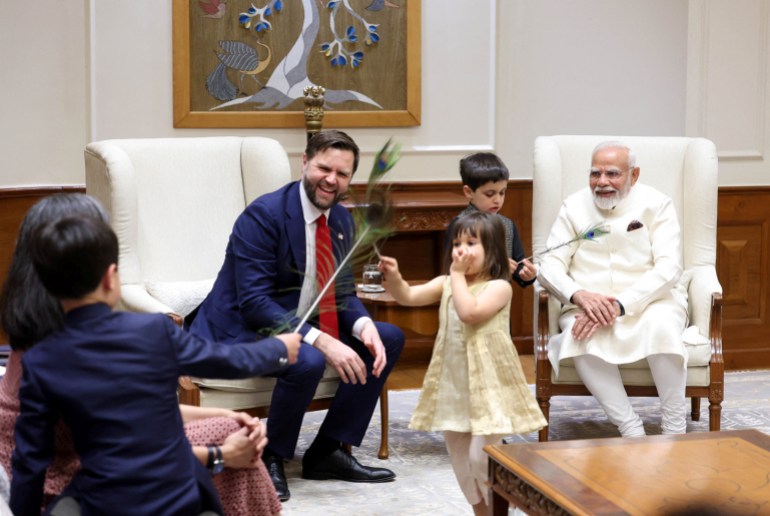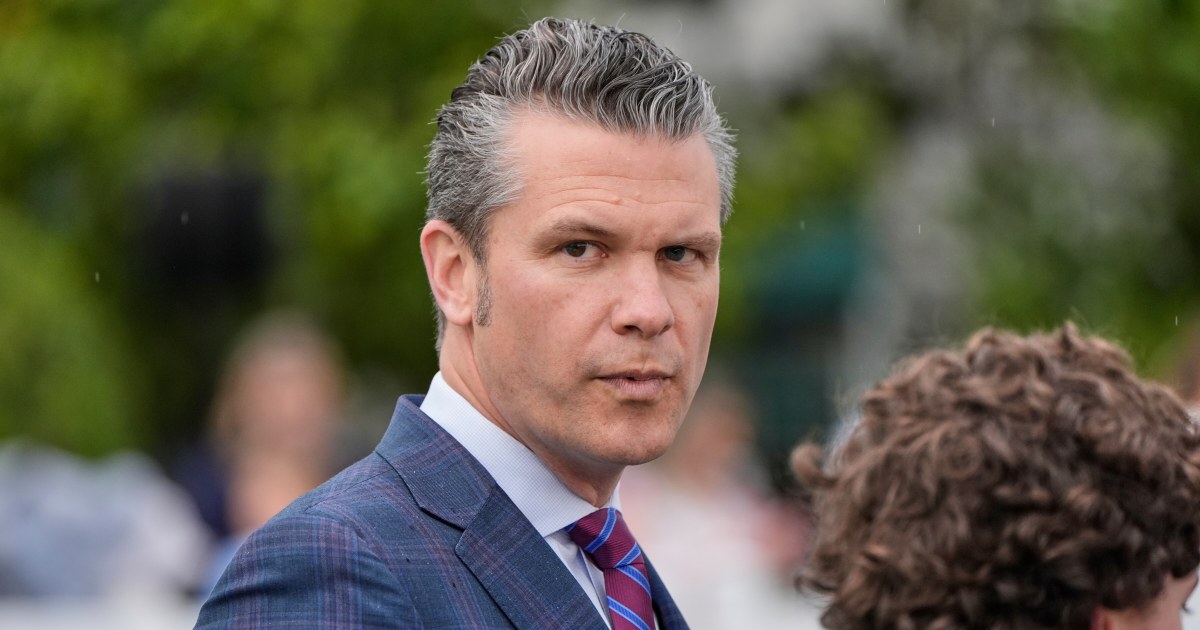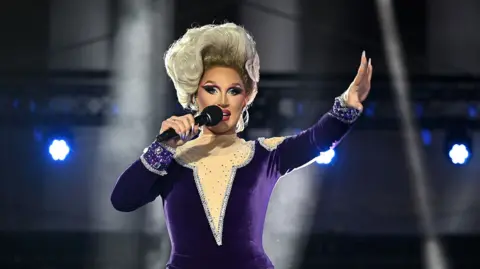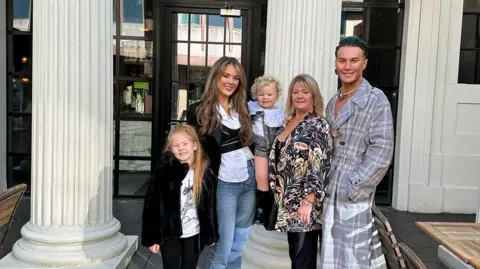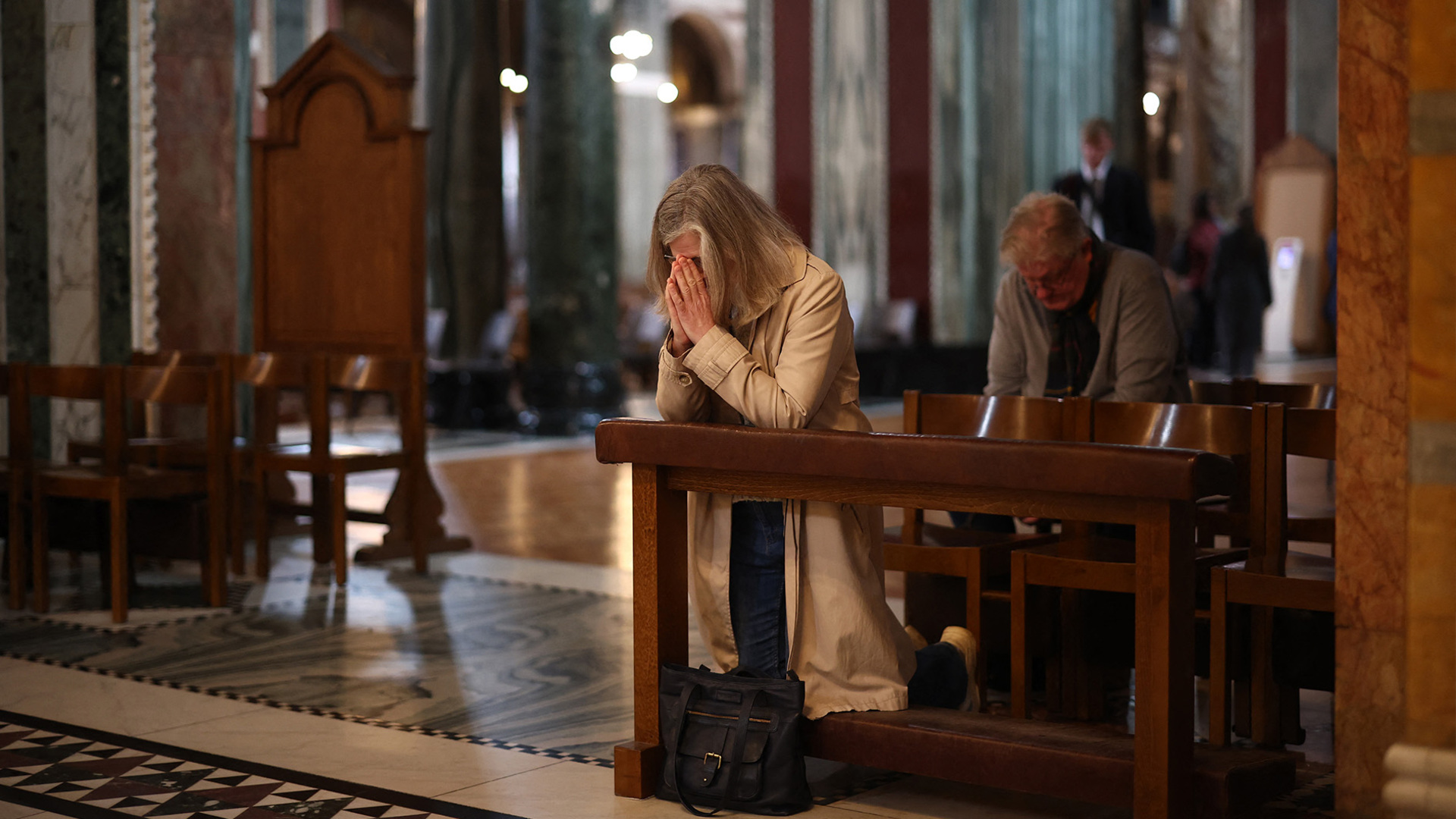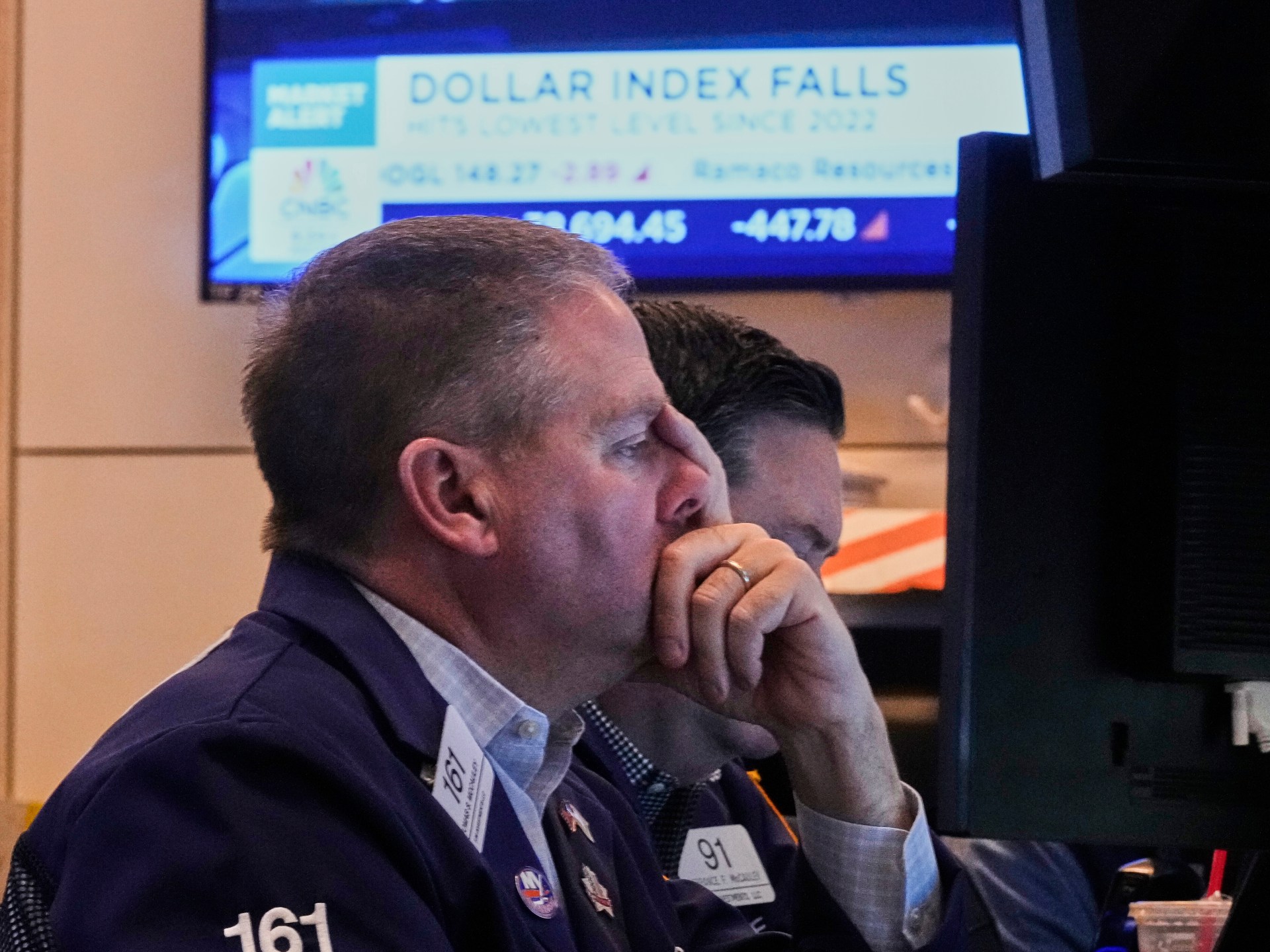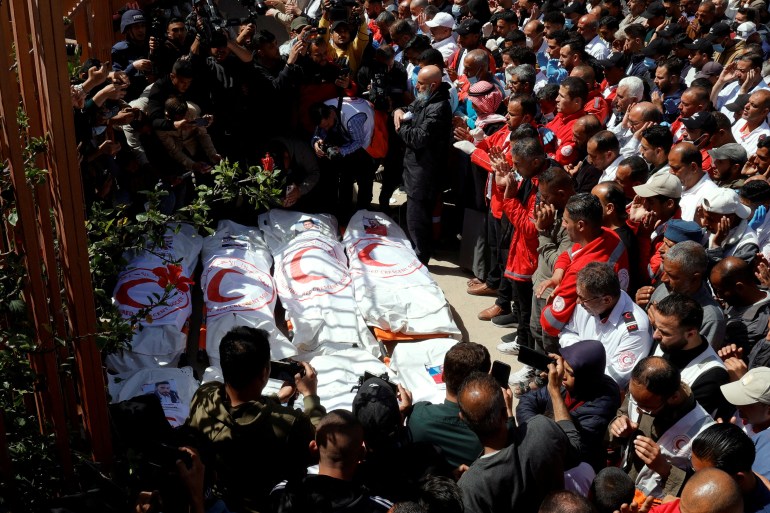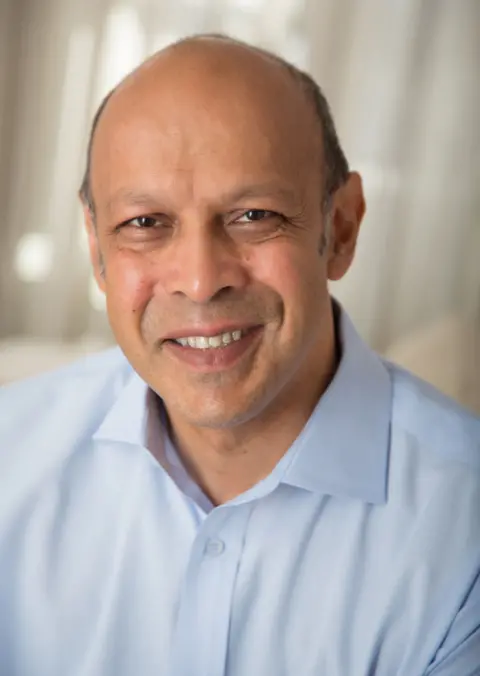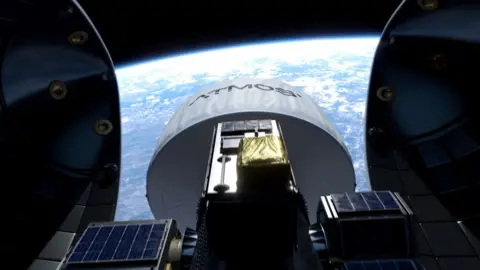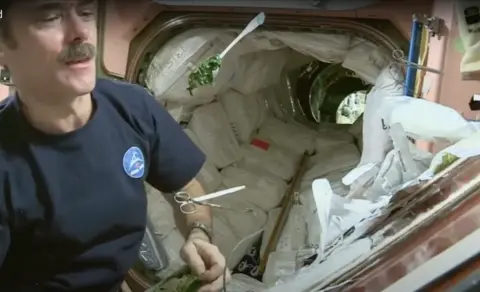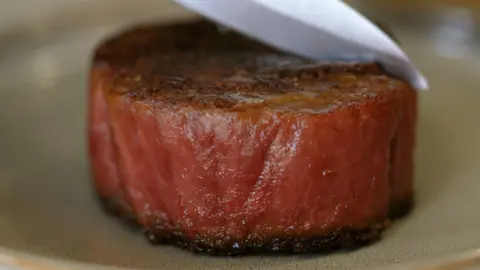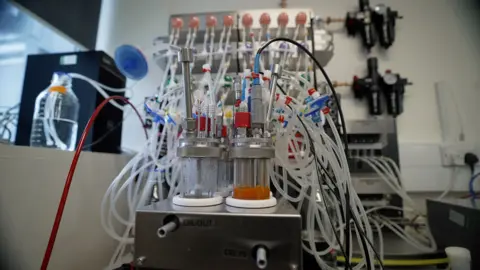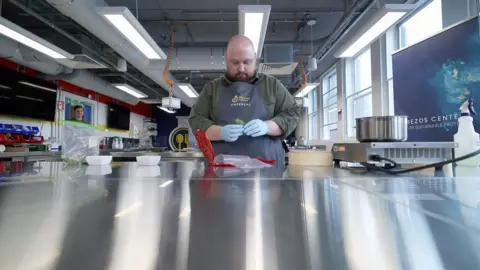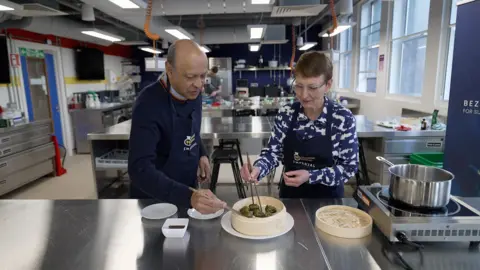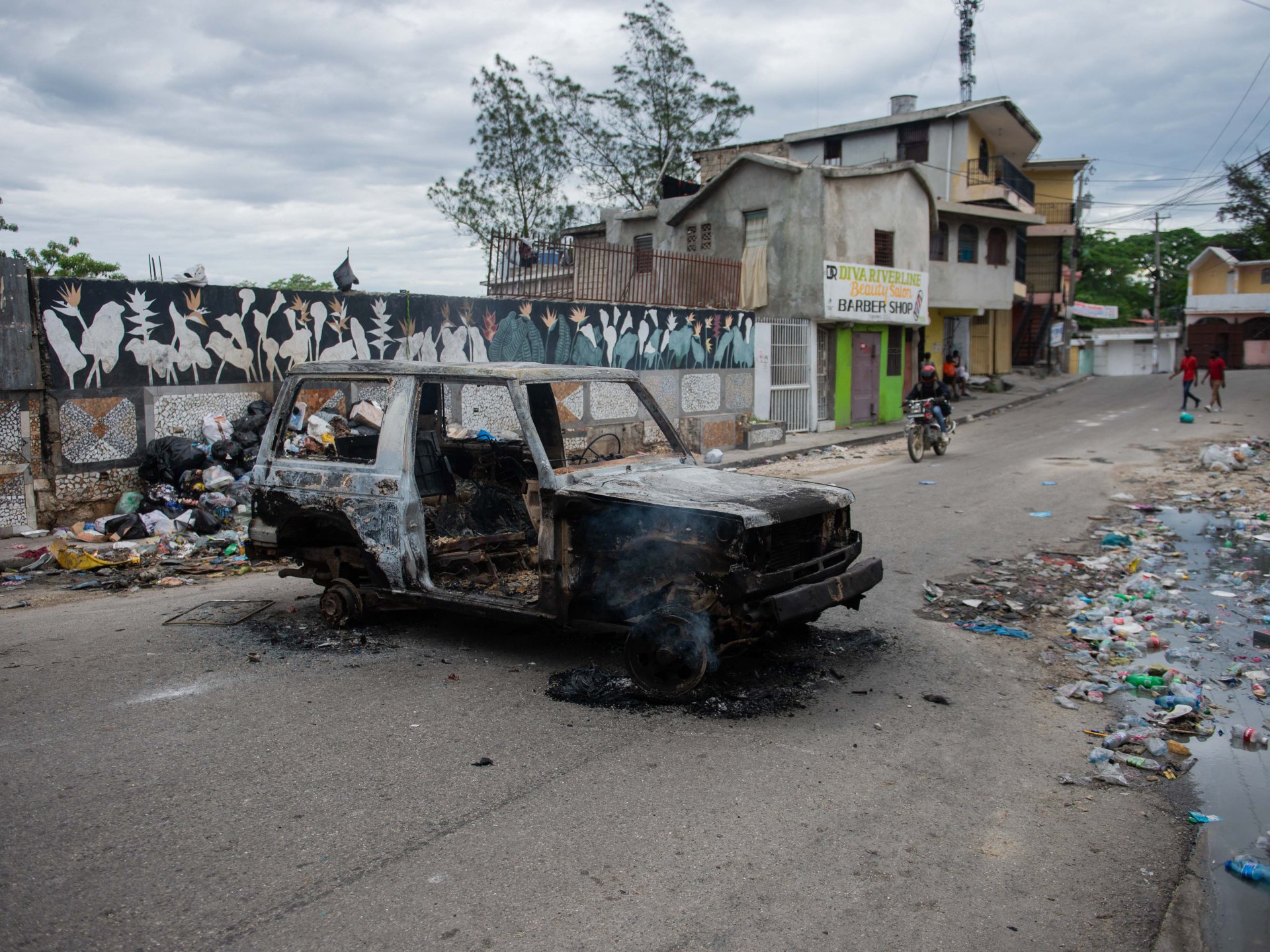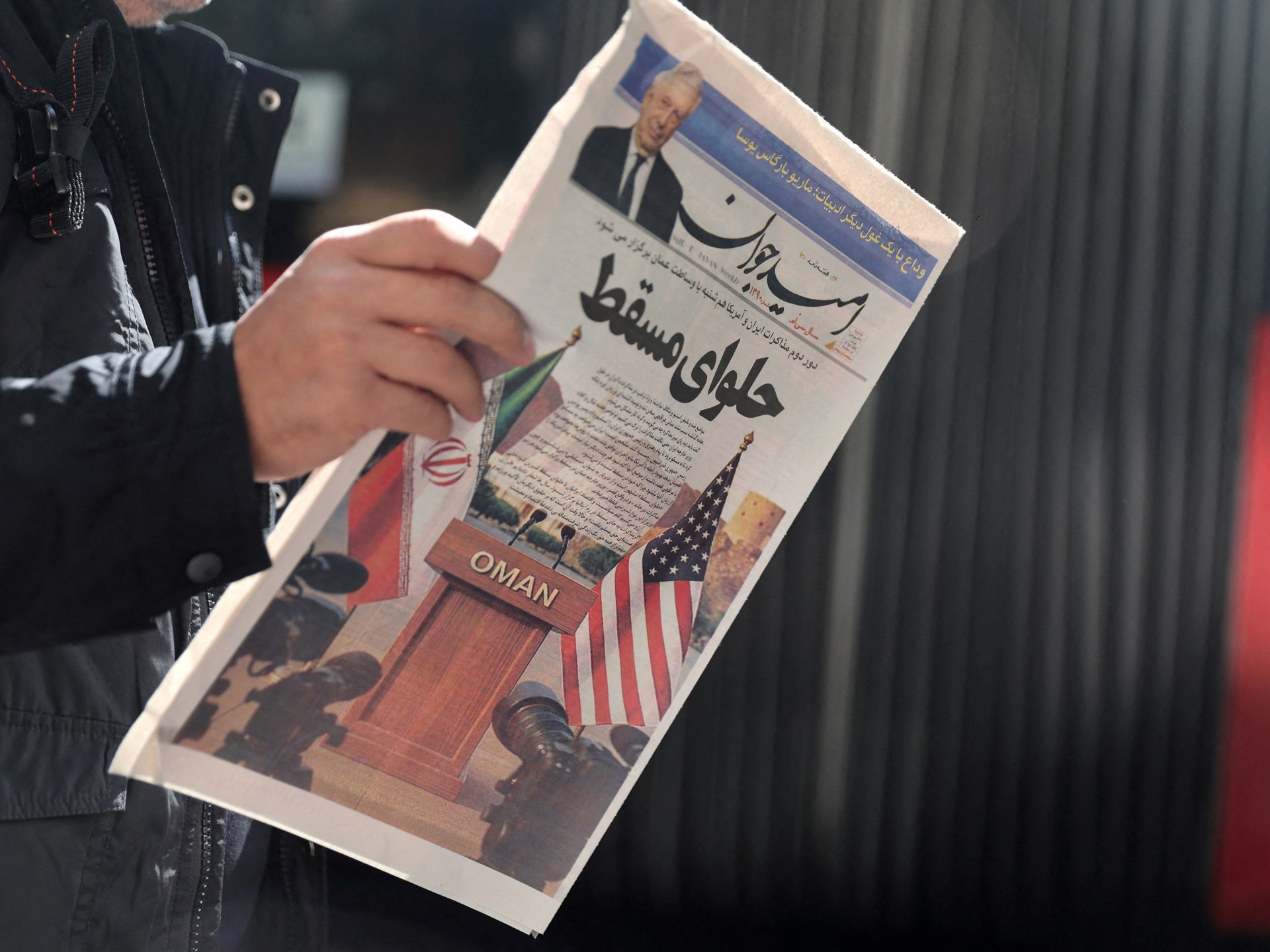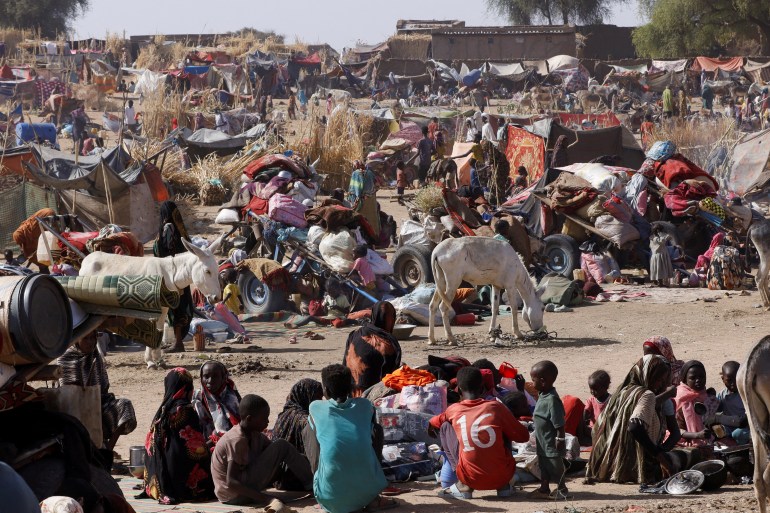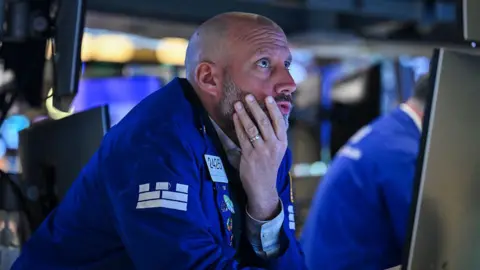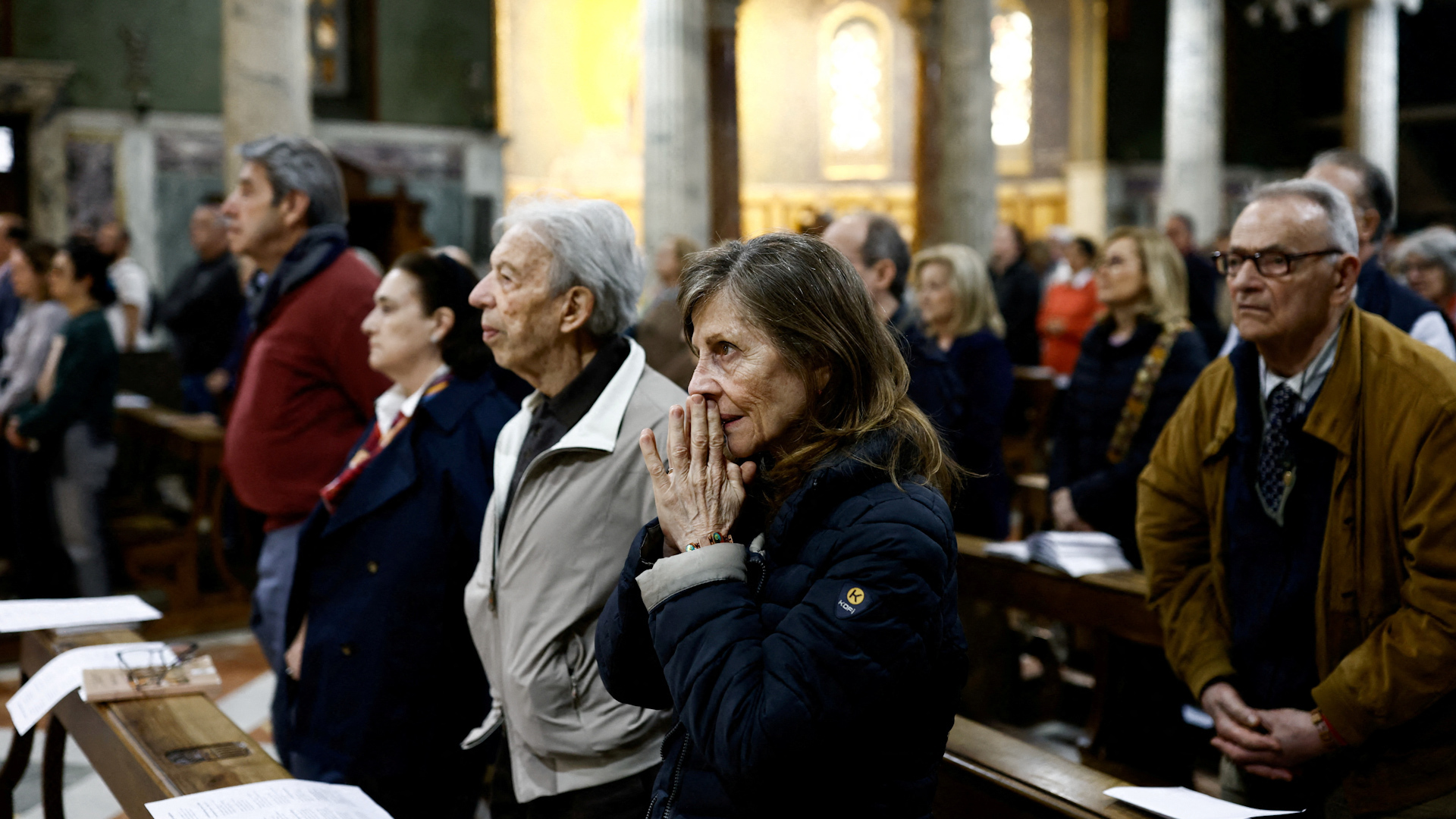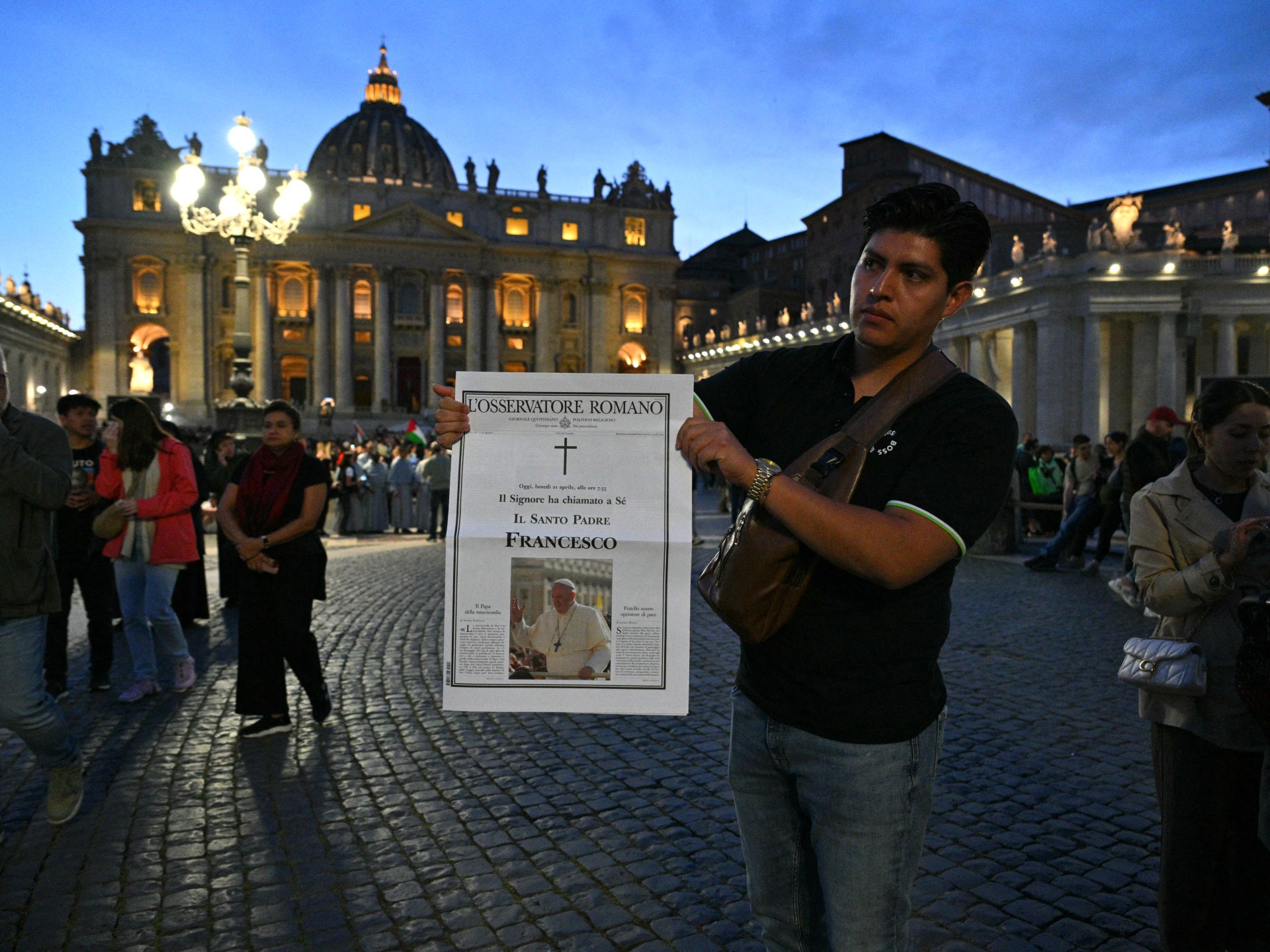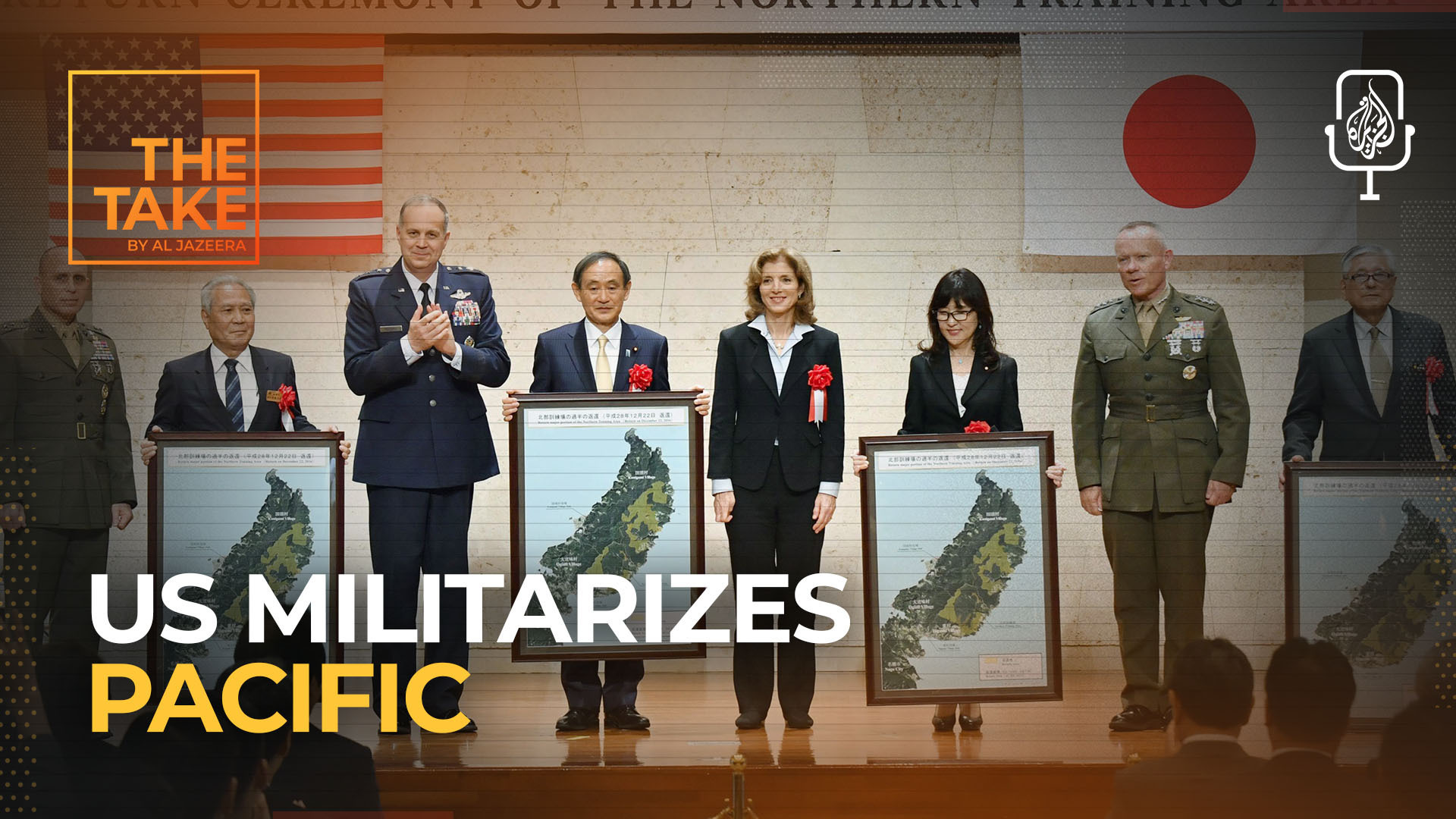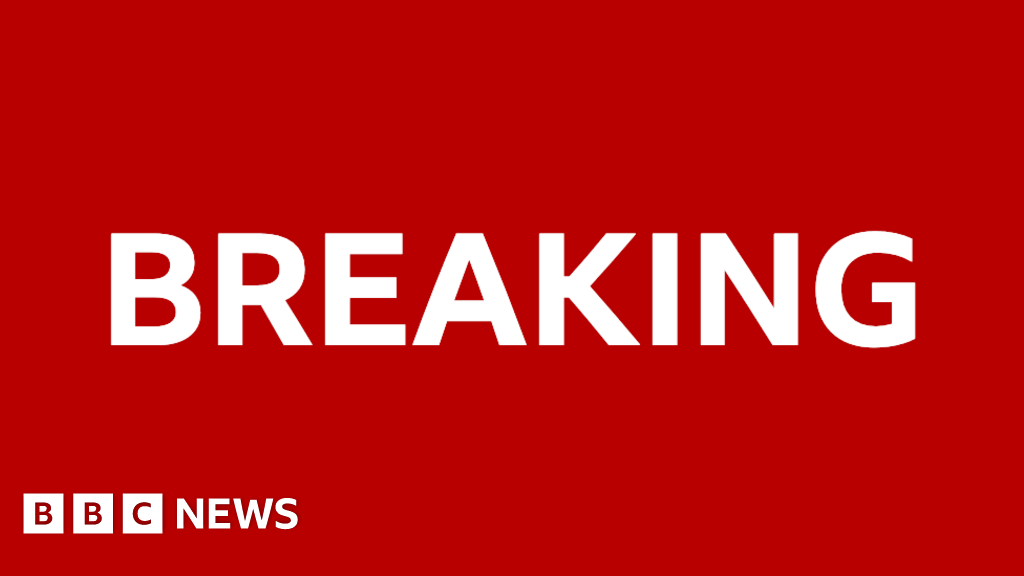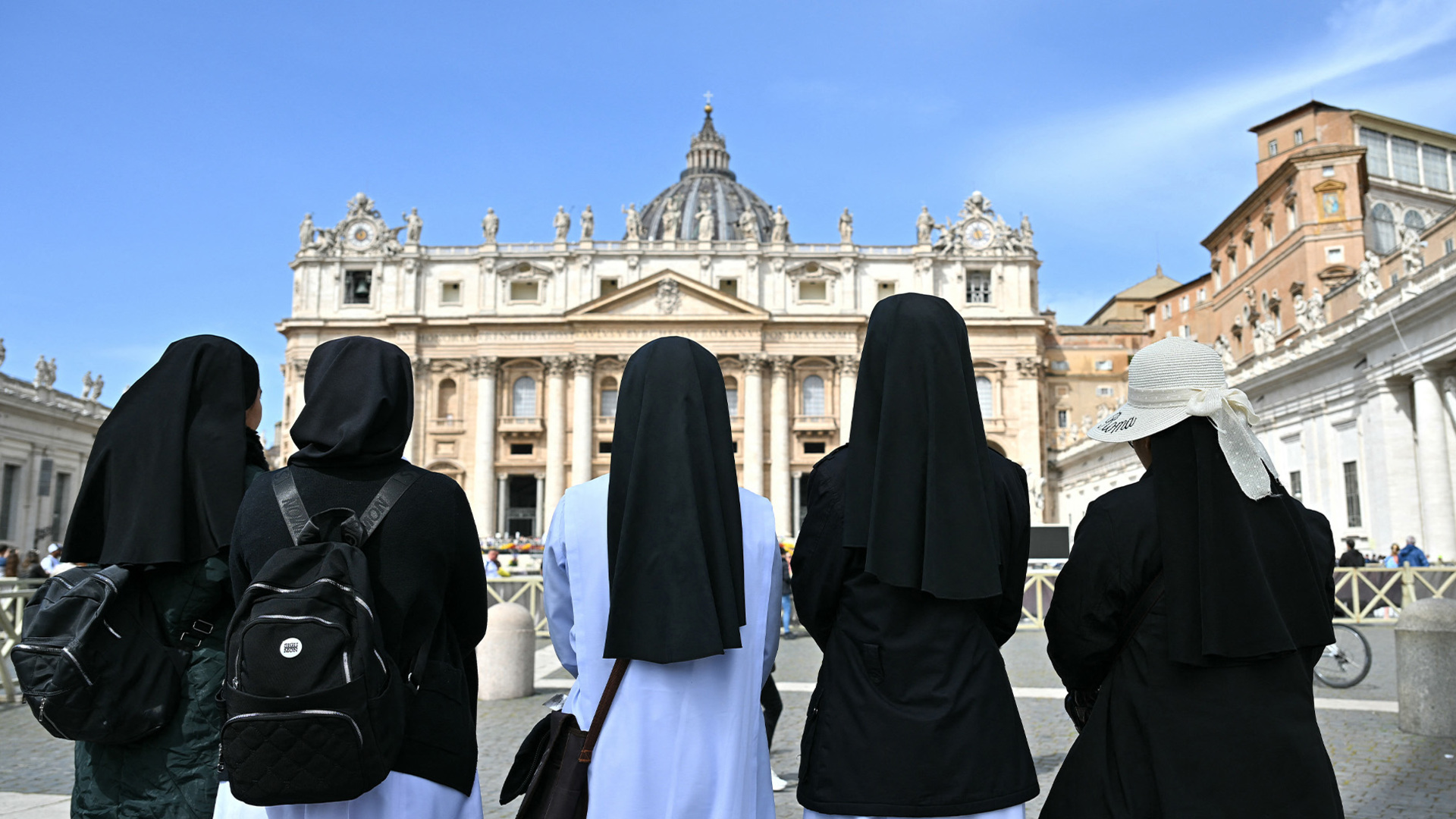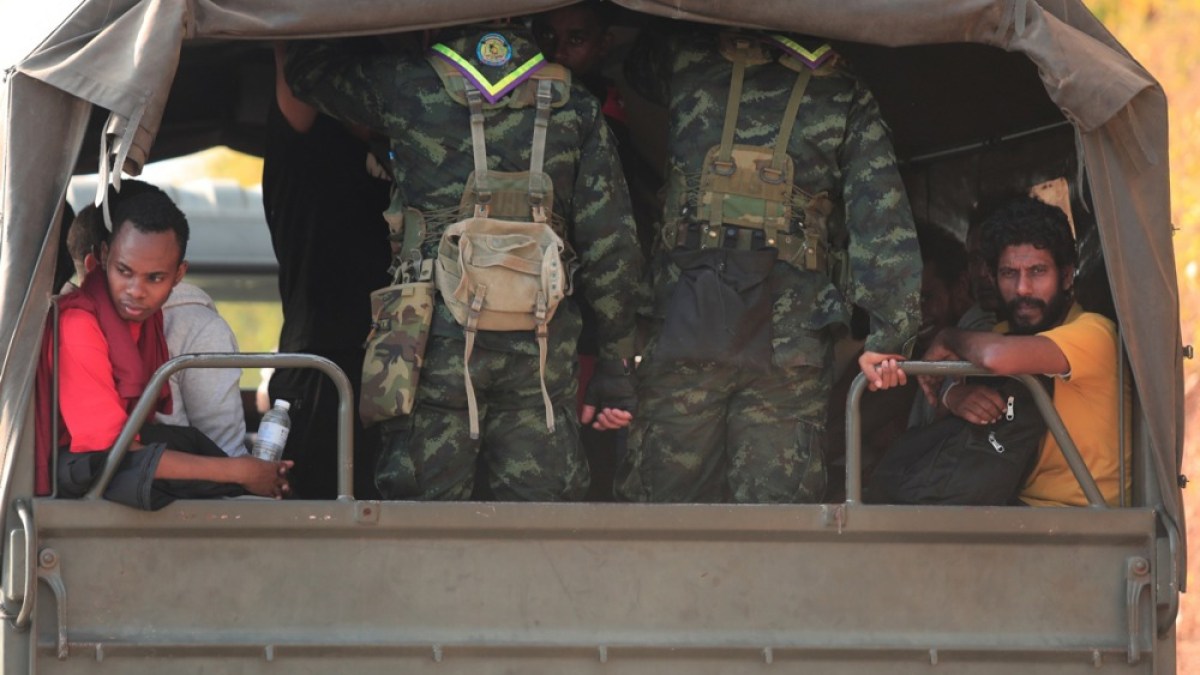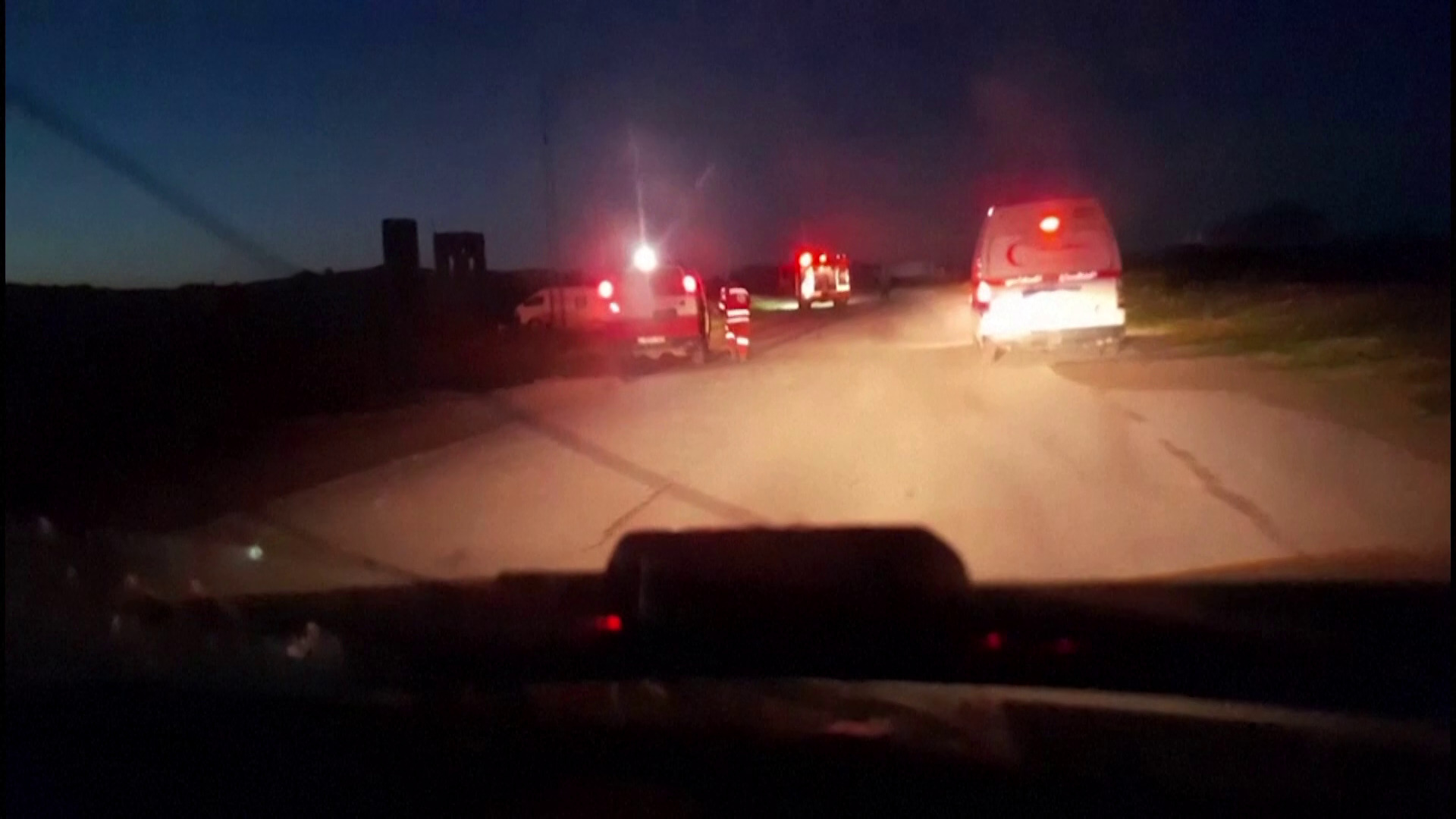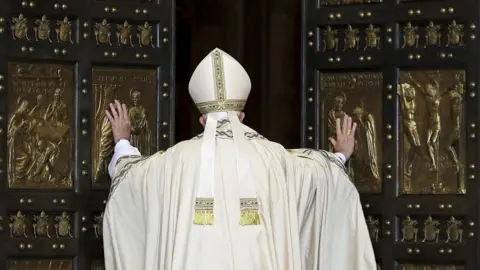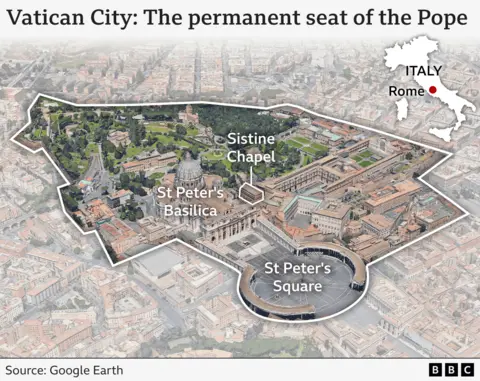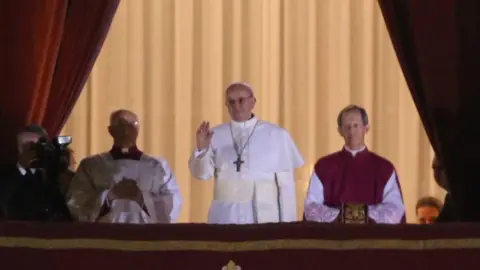Vance visit: What’s at stake for India-US trade amid Trump tariff threat? | Trade War News
New Delhi, India – The optics were warm: As United States Vice President JD Vance and his family visited Narendra Modi on Monday evening, the Indian prime minister showed them around his residence and gave each of the American leader’s three children a peacock feather.
But behind the smiles and hugs hovered the shadow of US President Donald Trump’s threat to impose major tariffs on Indian goods as a part of the trade war he has unleashed on the world since returning to office in January.
Vance’s four-day tour, which began on Monday, comes as the Modi government desperately tries to duck US tariffs. These “reciprocal” tariffs – including a 26 percent levy on Indian exports to the US – are currently on pause for 90 days, until July 8, for all countries except China. India, like all other countries, however, is currently being tariffed at 10 percent.
The US is India’s largest trading partner and the biggest buyer of its exports. Officials from the two countries have been engaged in intense negotiations to lock down a bilateral trade agreement that would allow them to avoid a tariff battle.
But those negotiations have prompted concerns among Indian farmers: The country has long used tariffs to shield agriculture from being swamped by products from other countries. Now, farmers critical of Modi fear that the Indian government may weaken those protections as part of a trade deal with Trump.
As Vance prepared to vacation with his family at India’s famed Taj Mahal and historic forts, dozens of farmers protesting in several villages across India burned his effigies on Monday and raised slogans: “Go back, Vance. India is not for sale!”
So, what is at stake on Vance’s maiden visit to India? How much do India and the US need each other economically? How much do they tariff each other? And what are the political challenges Modi faces in negotiating a trade deal?

What did Modi and Vance talk about?
On Monday evening, Modi received Vance along with his wife, Usha Vance, whose parents are from India, and their three children at his residence, where the leaders also separately held talks. They “reviewed and positively assessed the progress in various areas of bilateral cooperation,” Modi’s office said in a statement late at night.
The leaders “welcomed the significant progress in the negotiations for a mutually beneficial” bilateral trade agreement, the statement added, noting “continued efforts towards enhancing cooperation in energy, defence, strategic technologies and other areas”.
However, the statements did not delve into the details of the ongoing closed-door trade negotiations.
Vance’s office said in a statement that a bilateral trade agreement presents an opportunity to negotiate a new and modern one focused on promoting job creation and citizen wellbeing in both countries.
The US vice president’s visit builds on early engagement between the two governments in Trump’s second term. Modi was among the earliest leaders to meet Trump in Washington, DC in February, and Trump is expected to visit India later this year for a summit of the Quad grouping, which consists of the US, India, Japan and Australia, and is widely seen as a counter to China’s influence in the Asia Pacific region.
Randhir Jaiswal, India’s Ministry of External Affairs spokesperson, said Monday that Vance’s visit would “further deepen the India-US comprehensive global strategic partnership”.

What’s Vance’s visit really about?
While India views the US as a critical strategic partner as New Delhi increasingly battles Beijing’s clout in the Indian Ocean region, Washington, too, sees the world’s largest democracy as a counterbalance to China.
But Trump’s tariff threats have perturbed that broader convergence of interests.
During Vance’s visit, India’s efforts will be focused on expediting trade negotiations with the US, said Anil Trigunayat, a former Indian diplomat who has served in the US, “so that there is minimal damage to ongoing trade, as the US is India’s biggest trading partner”.
Yet some critics worry that the Modi government’s bet on the PM’s bonhomie with Trump – they have both described each other as friends – to resolve tariff tensions might be misplaced. Unlike China, the European Union or Canada, India has avoided responding to Trump’s threats with its own countermeasures.
“The Indian side has not shown any strength or resilience. All of the public indications have shown that they have been extremely pliable and trying to please the US government,” said Jayati Ghosh, economics professor at the University of Massachusetts Amherst.
“The US is essentially using bullying tactics to try and extract as many concessions as possible,” Ghosh told Al Jazeera. “It is very bad for India’s security and economy – and it is unacceptable.”

How much do India and the US trade with each other?
For several years, the US and China have competed for the tag of India’s largest trading partner.
In 2024, the US pipped China to the top slot: India-US bilateral trade was worth $129.2bn, per US government trade data. India-China trade was worth $127.7bn.
But trade with China primarily comprises of India importing from its larger neighbour – India imported more than $110bn worth from China and exported less than $15bn in 2024.
By contrast, India’s balance of trade is very favourable with the US, and the countries are eyeing an ambitious target of expanding their bilateral trade to $500bn by 2030.
Last year, US exports to India amounted to $41.8bn. While oils and fuels maintain a nearly 30 percent share with almost $13bn, they are followed by precious pearls and stones, amounting to $5.16bn. India also imports parts of nuclear reactors, electrical machinery and equipment, and medical instruments from the US.
The US, meanwhile, is India’s biggest export market. Indian exports to the US totalled $87.4bn in 2024. Pearls, electrical machinery, and pharmaceutical products lead India’s export products.
India also exports organic chemicals, textile articles, steel and apparel to the US.
The US trade deficit with India stands at $45.7bn in 2024, in New Delhi’s favour. That is small compared with the US trade deficit with China – $295bn last year. Still, India ranks 10th among countries that the US has the largest trade deficits with.

What has Trump accused India of?
As Trump has engaged in an all-out trade war with China, the US president has also railed repeatedly against India, describing it as a “tariff abuser” and “tariff king”. Trump insists that many countries – including China and India – have cheated the US, gaming globalisation to sell the US much more than they buy from it and using tariffs to achieve this goal.
In a joint news conference during Modi’s Washington visit in February, Trump noted that India has “been very strong on tariffs”. “It’s very hard to sell into India because they have trade barriers, very strong tariffs,” he said.
He repeated that allegation in public, at least three times, in March. “India charges us massive tariffs, massive, you can’t even sell anything into India. It’s almost, it’s almost restrictive. It is restrictive. We do very little business inside,” Trump said.
He did, however, concede that the Indian government was accommodating some of his concerns.
“They’ve agreed, by the way, they want to cut their tariffs way down now because somebody’s finally exposing them for what they’ve done,” Trump said.

How high are India’s tariffs on US goods?
Indeed, as Trump said, India has already offered some concessions to the US in recent weeks, slashing tariffs on luxury goods like bourbon – down from 150 to 100 percent – and high-end motorcycle brands like Harley Davidson – from 50 to 40 percent.
But even with those cuts, current tariff rates remain very high – and much higher than the tariffs that Indian goods face in the US.
While bourbon has received some relief, all other imported alcohol is still tariffed at 150 percent. The duty on premium cars and motorcycles can go up to 125 percent, and agricultural products like walnuts face a 100 percent tariff.
India’s average tariff rate is 17 percent, compared with 3.3 percent by the US, as per a report by the Indian Council for Research on International Economic Relations (ICRIER).
“The most striking difference is in the agriculture sector, where India’s tariffs are notably higher,” ICRIER said in the February report.
The simple average tariff rate that India imposes on agricultural imports is 39 percent, according to ICRIER – pointing to the country’s protectionist policies. By contrast, the Indian think tank found, “the US maintains relatively low agricultural tariffs.” The simple average tariff rate that the US charges on agricultural imports is 4 percent.
The gulf is wide in other sectors, too.
US pharmaceutical exports to India face a 10.9 percent tariff. By contrast, Indian pharma products face a tiny 0.01 percent tariff while entering the US.
US electronics exports to India are taxed at 7.64 percent, while Indian electronics exports to the US face a mere 0.41 percent tariff.

How are India-US tariff negotiations shaping up?
So far, the early tariff cuts on bourbon and high-end motorbikes have helped India signal to the US that it is open to negotiations on lifting levies further.
Now, talks are on, and on Monday, Indian Finance Minister Nirmala Sitharaman said a first phase of a trade deal with the US could be ready by the end of the year.
But it is unclear if that timeline will work for Trump, whose 90-day respite ends in July. Trump’s coercive approach, said trade economist Biswajit Dhar, is not conducive to diplomacy.
“Trump doesn’t want rules in trade,” said Dhar, describing the US president’s approach as “laws of the jungle”.
“India has to ensure that it’s a win-win situation. We cannot have Trump have his say,” he said.
Trigunayat, the retired diplomat who has participated in several multi-national trade treaties, said it was important for the Modi government to be transparent, during negotiations, about its political limitations.
“It is very important to put your cards on the table and explain your domestic situation,” he said. “On an international level, we start with a maximalist position. And then they come somewhere in between.”
“But we always must safeguard our citizens’ needs.”
And nowhere is that conundrum sharper than in agriculture.

Can India slash agriculture tariffs?
In the last five decades, India has transitioned from a food-deficit nation to a food-surplus one and has become a leading exporter of agricultural products. For instance, India accounts for 40 percent of global rice exports.
But India has kept tariffs high to safeguard its farmers from imports that might otherwise flood domestic markets – nearly half of India’s population is dependent on farming or the agricultural sector.
India also exports shrimp, vegetable extracts, castor oil, and black pepper; in turn, the US sends walnuts, apples, almonds, and pistachios.
Now, the US wants to balance that equation and has pressured India to reduce tariffs so that its farm products can enter the world’s most populous nation more easily.
That prospect has many Indian farmers on edge.
“We are completely kept in the dark about these trade negotiations – there is no transparency; and in a federal setup like India, how can the government function like this?” said Vijoo Krishnan, general secretary of the All India Kisan Sabha (AIKS), India’s oldest farmers’ union that is leading the protests against Vance’s visit. The AIKS is the farmers’ wing of the Communist Party of India, which is part of the national opposition.
“The Modi government has been sliding in a direction of free trade and slashing import duties – and if it includes the farming sector, then we are doomed,” he said, arguing that an Indian farmer would not be able to compete with Western counterparts, who are “much richer”.
Indian farmers have already once shown their political might to Modi: Huge protests forced the prime minister to withdraw three controversial farm laws in 2021.
“The protests and rolling back the laws were a humiliating defeat for the Modi government – they are taking revenge on the farmers by pushing them under the bus now [through a trade deal with Trump],” claimed Krishnan.
Any tariff waivers on agricultural imports would need to be weighed against the risks they might pose to the livelihood of millions of Indian farmers, cautioned Dhar, the trade economist.
“If we bow to the US demands in negotiations, it is going to create a whole lot of economic, social and political problems for the government,” Dhar said. “They cannot really afford to risk the lives of millions of Indians.”
